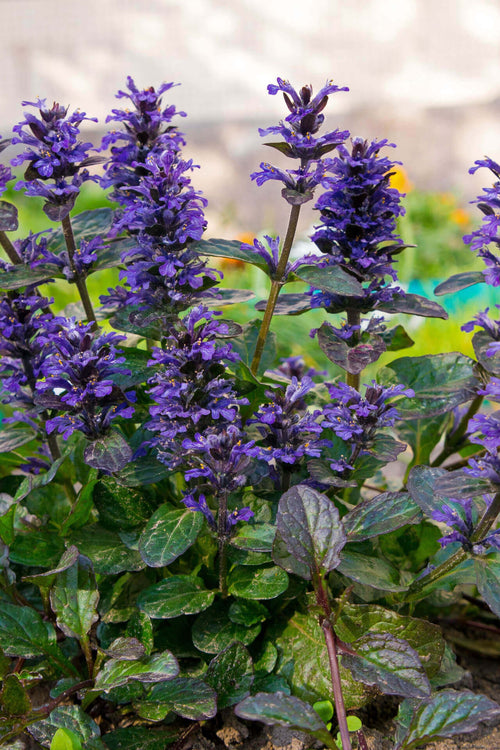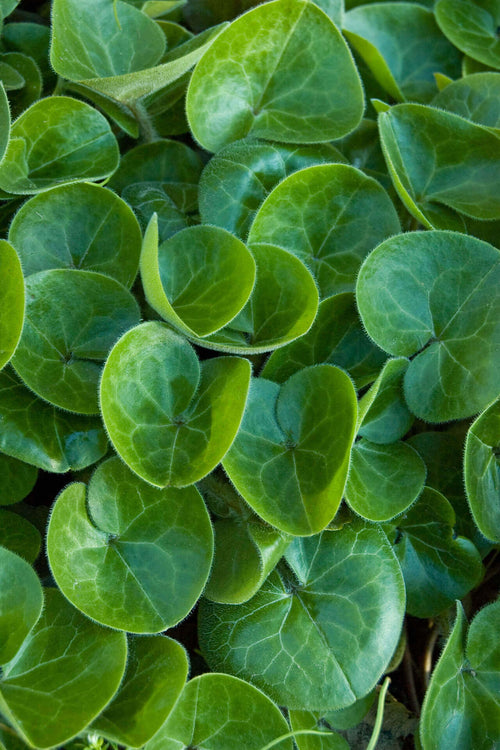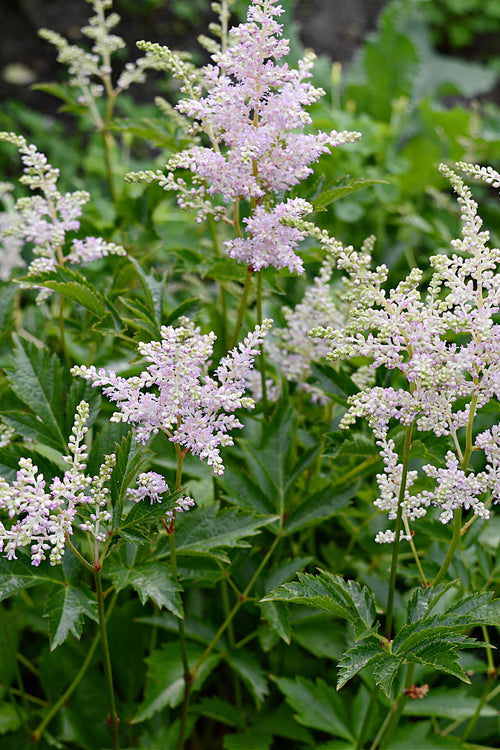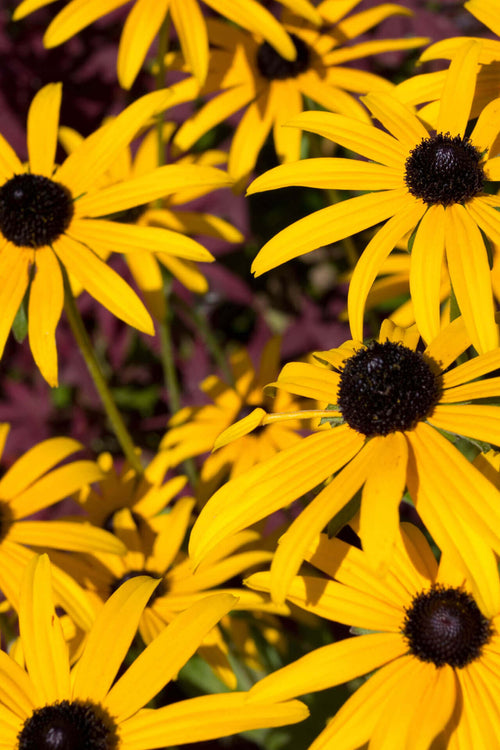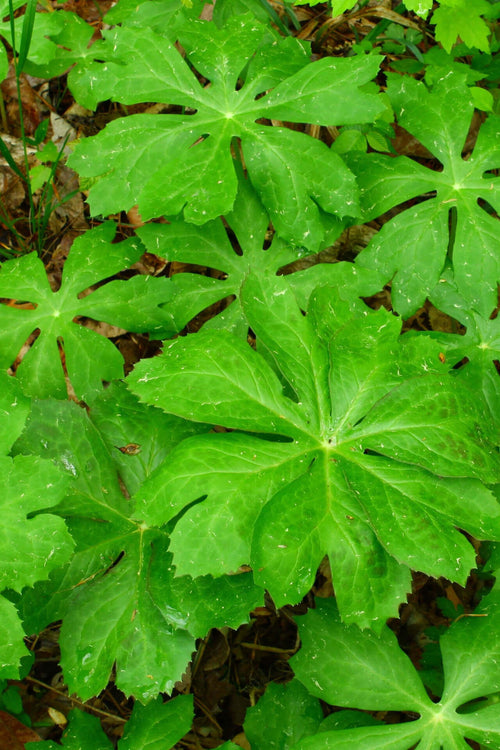Unveiling the Mystery: Do Black Flowers Exist?
Botany is a captivating field that amazes me with its kaleidoscope of colors and forms in nature. From vibrant red roses to delicate white lilies, the diversity of floral hues seems boundless. However, amidst this riot of colors, one intriguing question persists: do black flowers genuinely exist?

The notion may seem like something out of a dark fairy tale, but the reality is more nuanced. Black flowers do exist, but they are rare and often misunderstood. Botanical science has revealed that black flowers are not entirely black but have a dark hue that appears black to the naked eye. The dark color is usually the result of pigmentation, which can vary depending on the flower species.
Cultural symbolism also influences the perception of black flowers. In many cultures, black is associated with death, mourning, and evil. As such, black flowers are often associated with negative connotations and are not commonly used in celebratory events such as weddings and birthdays.
Despite the negative connotations of black flowers, they have a captivating allure that draws people towards them. Many gardeners and floral enthusiasts are fascinated by the beauty and uniqueness of these elusive blooms. Black flowers have an elegant and mysterious quality that sets them apart from other flowers, making them a popular choice in gothic and alternative floral arrangements.
In this quest, we venture on a trip to uncover the truth behind the existence of black flowers by delving into botanical science, cultural symbolism, and the captivating allure of these elusive blooms.
Botanical Science Of Black Flowers
At first glance, the idea of a black flower seems improbable, if not impossible. After all, traditional botanical understanding dictates that pigments responsible for flower coloration are derived from compounds like anthocyanins, carotenoids, and chlorophyll, which typically manifest as reds, blues, yellows, and greens. Black, the absence of color, appears to contradict this framework. However, nature's ingenuity knows no bounds.
Black Flowers Are Unique
Black flowers exist in rare and unique forms, and they possess a mysterious allure that has captivated the imagination of people for centuries. The key to their dark and alluring appearance lies in a combination of factors, including pigment variation, light absorption, and genetic mutations.
Some flowers appear black due to high concentrations of pigments, such as anthocyanins, responsible for the red, purple, and blue hues in flowers. When these pigments are densely packed, they absorb light to such an extent that they create the illusion of blackness. This phenomenon is known as structural coloration, which gives some flowers, such as the black tulip, their striking dark color.
Black Flowers Are Unknown To Most
Others achieve their dark hues through a process known as chromatography, wherein multiple pigments blend to produce deep, shadowy tones. The blending of pigments can create a range of colors, including black. The black rose, for example, is not truly black but a very dark shade of red made by a blend of pigments.
In addition to pigment variation, genetic mutations can also contribute to the development of black flowers. Mutations in the genes that control the production of pigments can cause a flower to produce less or no pigment at all, resulting in a black or nearly black color.
Overall, the existence of black flowers is a testament to the magnificence and assortment of the untouched world, and their unique appearance continues to fascinate and inspire people around the globe. Examples of black flowers include the Black Bat Flower (Tacca chantrieri), with its velvety black petals and long, whisker-like bracts, and the Black Prince Lily (Fritillaria camschatcensis), renowned for its dramatic, near-black blossoms. These specimens showcase nature's capacity for intrigue and beauty, challenging conventional perceptions of floral coloration.

Cultural Symbolism Of Black Flowers
Beyond their botanical significance, black flowers carry rich cultural symbolism, often associated with mystery, elegance, and macabre. In many societies, black symbolizes mourning and remembrance, evoking themes of mortality and transition. Consequently, black flowers find a place in funerary rituals and memorial gardens, offering solace and reverence to the departed.
However, the symbolism of black flowers extends far beyond somber occasions. These blooms are imbued with multifaceted meanings in art, literature, and folklore. They symbolize resilience in the face of adversity, the enigmatic allure of the unknown, and the inherent duality of existence. From the haunting beauty of the Black Dahlia to the ethereal mystique of the Black Lotus, these floral embodiments of darkness captivate the imagination and inspire contemplation.
Furthermore, black flowers have found favor in alternative subcultures, including gothic aesthetics and neo-romantic movements. In these circles, black is celebrated not as a symbol of sorrow but as a statement of individuality and defiance against societal norms. Black flowers adorn altars, adornments, and artworks, potent symbols of rebellion and introspection.
The Allure of Black Flowers
Black flowers have an enigmatic aura that fascinates many people. Their paradoxical nature is one of the reasons for their appeal, as they simultaneously evoke beauty and darkness, life and death. Their dark hue is often associated with mourning and grief, but at the same time, it is also viewed as a symbol of elegance, sophistication, and mystery.
Despite their rarity, black flowers have been cultivated for centuries, and collectors and enthusiasts highly seek them. Some popular black flowers include the black tulip, hellebore, and rose. These flowers are often shrouded in mystery, adding to their allure.
Black Flowers Are Rare
Black flowers are not merely a color variation of their colorful counterparts. They challenge our preconceived notions of color and form, prompting us to reconsider what we know about them. They defy categorization, as they are not easy to classify into traditional categories of beauty and aesthetics.
In conclusion, black flowers have a profound fascination that transcends their color. They are an intriguing symbol of paradox, rarity, and mystery, challenging us to look beyond the surface and appreciate their unique beauty. Moreover, black flowers possess a unique visual appeal, drawing the eye with their stark contrast against verdant foliage or pale surroundings. Their velvety petals and intricate shapes evoke a sense of otherworldly elegance reminiscent of nocturnal blooms illuminated by the moon's light. In gardens and floral arrangements, black flowers are dramatic focal points, adding depth and drama to any setting.
In conclusion, the existence of black flowers is not merely a botanical curiosity but a testament to the boundless creativity of nature. Through scientific ingenuity and cultural symbolism, these enigmatic blooms challenge us to perceive beauty in unexpected places and embrace the mysteries beneath the surface. Whether adorning a funerary wreath or gracing a Gothic garden, black flowers remind us of the inherent complexity and richness of the natural world, inviting us to explore, wonder, and marvel at its endless wonders.
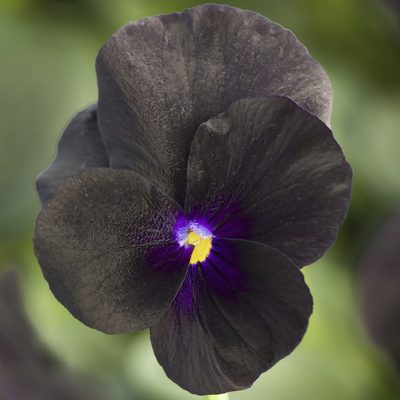
TN Nurseries best selling perennials
Azure Bluets
Why would anyone choose to plant a black flower? To most people, it just doesn't make sense. Flowers are supposed to be bright and cheerful, symbolizing life. Wouldn't black flowers do just the opposite? Not really. Black flowers, which were extremely popular in Art Nouveau design, have become prominent lately. Some brides even walk down the aisles proudly showing off their black calla lily bouquets.
Darkest Color Available
Most black flowers aren't truly black. In most cases, "black" means the darkest color available. Black tulips are dark purple, and black roses are very dark red. However, the black bat flower is by all accounts a genuinely black flower. The black bat can grow up to a foot across and have "whiskers" almost two feet long. If you're not ready for a truly black flower arrangement yet, consider mixing your favorite white flowers with small branches of nicely contrasting black fruits such as Nannyberry from our tree nursery for an excellent middle ground.

